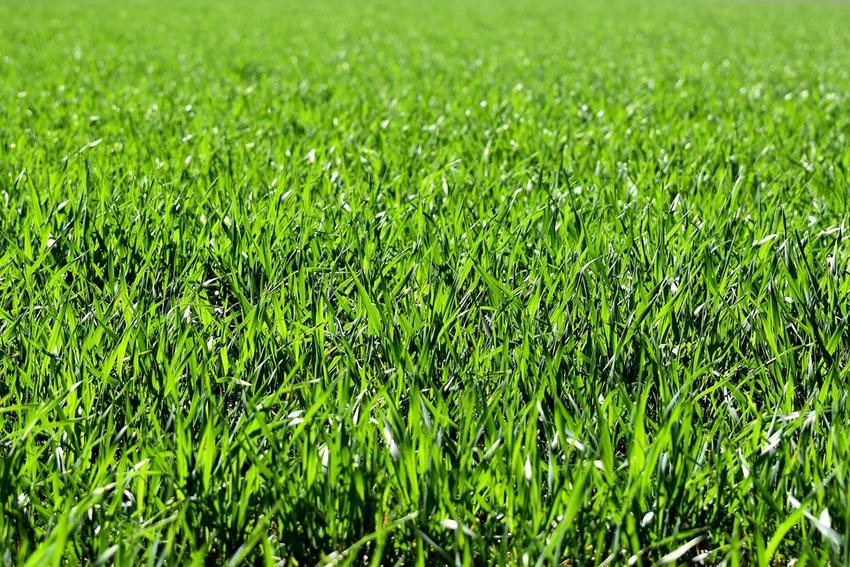The landscape of the northern range in Yellowstone has not fully recovered from nearly a century of unfettered elk browsing/NPS file, Neal Herbert
Expectations that the return of wolves to Yellowstone National Park would make the ecosystem whole again with the return of the apex predator have not been fulfilled, as vegetative imbalances remain across the park, according to recent research.
Colorado State University scientists say the absence of grizzlies, mountain lions, and wolves for much of the 20th century tossed the ecosystem out of balance, as the “northern range shifted from willow and aspen stands along small streams with beaver activity to grasslands due to intensive browsing by elk. The widespread changes stabilized into an alternative ecological state that resisted returning to previous conditions once the carnivores were restored.”
Tom Hobbs and David Cooper for 20 years followed the impacts wolves had on Yellowstone’s ecosystem, research said to be the longest of its kind. The findings add “to evidence supporting the theory that degradation of ecosystems may not be reversed when harmful stressors are mitigated,” a release on their work said.
“When you disturb ecosystems by changing the makeup of a food web, it can lead to lasting changes that are not quickly fixed,” Hobbs, lead author and professor emeritus with the Department of Ecosystem Science and Sustainability and the Natural Resource Ecology Laboratory at Colorado State, said in the release. “We can’t rule out the possibility that the ecosystem will be restored over the next 40 years as a result of the return of apex predators. All we can be sure of is what’s observable now — the ecosystem has not responded dramatically to the restored food web.”
Hobbs and Cooper note that two of Yellowstone’s apex predators — wolves and mountain lions — had been extirpated from the park by the early 1920s. As a result, the park’s elk herds grew uncontrolled and heavily browsed willows in Yellowstone’s northern range. That behavior adversely impacted beavers by reducing both their food source and building materials, causing them to abandon streams in the northern part of Yellowstone.
“Historically, beavers and willows relied on each other to thrive. Flooding caused by beaver dams created favorable soil moisture conditions for willows, and willows provided food and dam-building materials for beavers,” the CSU release said. “Without beaver-engineered flooding, small streams in the northern range cut deeper into the landscape, disconnecting roots of willows from groundwater. Willows never recovered their former height and density. Following the reintroduction of wolves to the park in 1995, as cougar and grizzly populations were rebounding on their own, the elk population dropped from both predation and hunting by humans along park borders.
“However, overall browsing of woody food sources has not declined proportionally,” the release added. “As the number of elk has decreased, bison herds have increased. Yellowstone’s carnivores typically don’t prey on bison because their large size makes them dangerous.”
To examine the impact the return of wolves had on Yellowstone, the researchers “fenced off eight plots to prevent browsing and constructed simulated beaver dams in some fenced and non-fenced plots to raise the water table. They also left control areas unaltered. In 2009, they added 21 more control plots to ensure the results of their experiment were representative of the landscape. If predators regulated the elk population, preventing them from cutting down willows, the landscape would hypothetically return to its previous state. Instead, the willows remained short on control plots, while the fenced sites with simulated dams showed dramatic recovery. Willows grew more than three times taller in the fenced, dammed areas than in the control plots, indicating the importance of groundwater access in addition to mitigation of browsing.”
Dan MacNulty, a Utah State University wildlife researcher who long has studied Yellowstone wildlife, said the Colorado State study shows “that although there has been change, the change is not as extensive as one would expect, compared to stands that are not browsed and have full access to water, that it’s still a fairly muted response. I think that’s accurate. And that’s what we’re seeing with the Aspen as well, is that there are a lot of aspen stands that continue to deteriorate since wolf reintroduction. Some of those stands have actually disappeared, completely vanished since more wolf reintroduction. These are stands that we’ve been monitoring since 1999.”
During a phone interview with the Traveler MacNulty said driving the slow ecosystem recovery is not a lack of predators to keep Yellowstone’s ungulate populations in check, but rather water tables that have dropped without the presence of beavers to create dams that lead to ponding and a rising water table.
“What Hobbs and colleagues are saying is that the [park’s] physical environment has changed so dramatically since the extirpation,” he said, referring to the wiping out of wolves and mountain lions in the first two decades of the 20th century. “There’s been so much change in the physical environment, namely in the depth of the water table in these former willow communities, that you can pile in as many wolves, as many bears, as many cougars as you want, but unless those water tables are of a sufficient, shallow depth, you’re not going to get extensive willow growth because they just don’t have access to that water.”
The research by Hobbs and Cooper was published Ecological Monographs.





